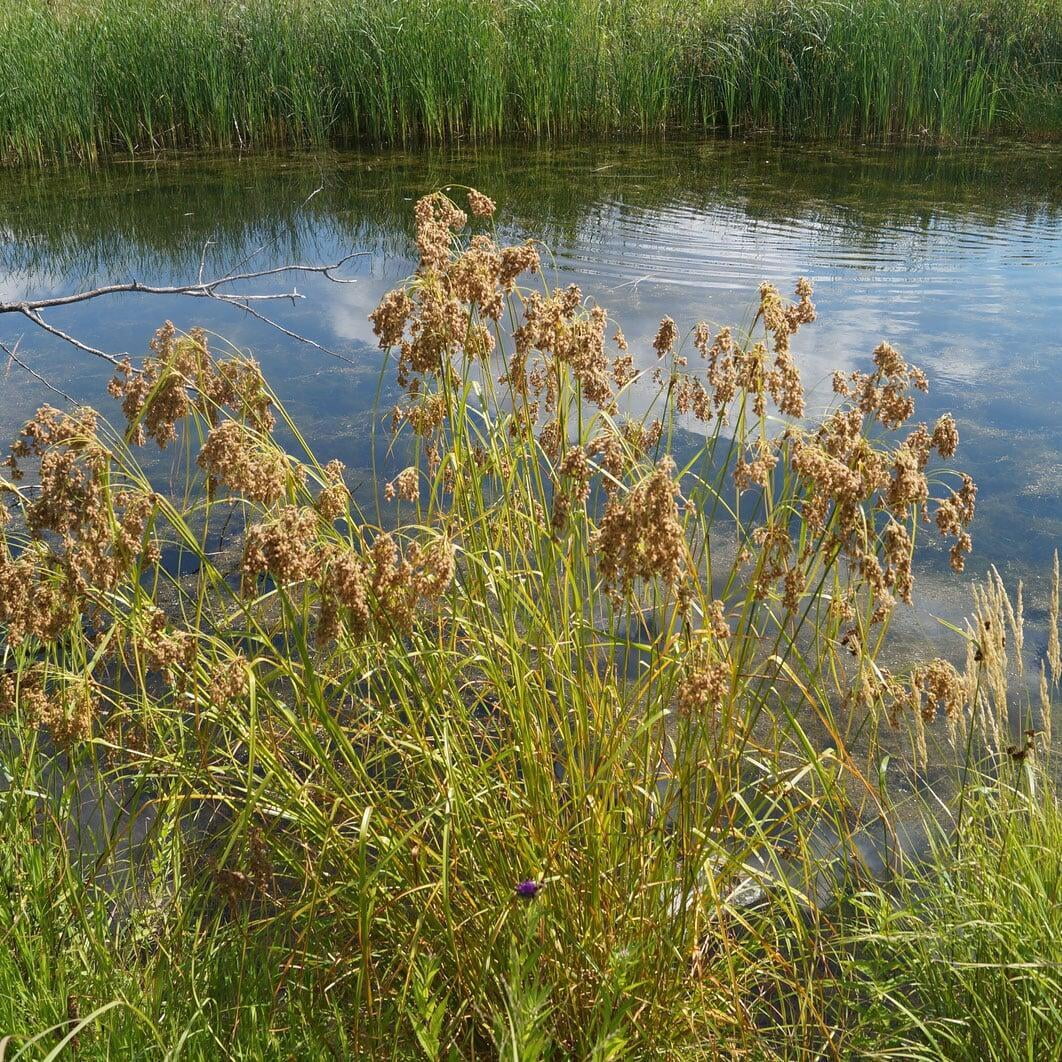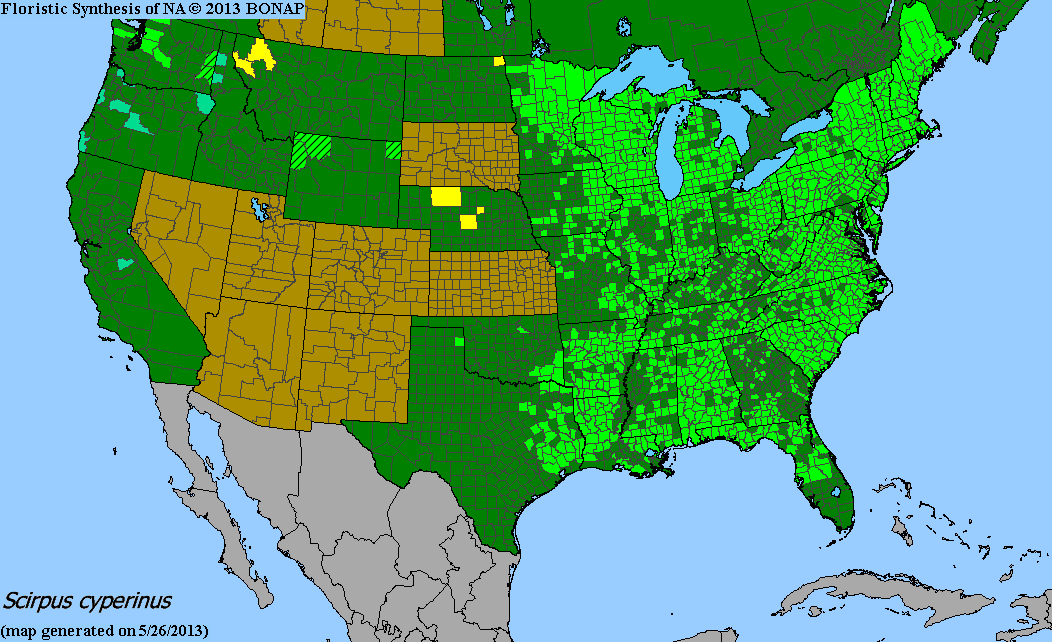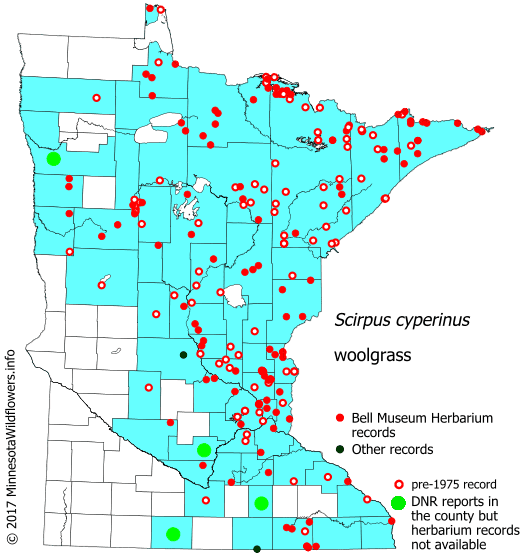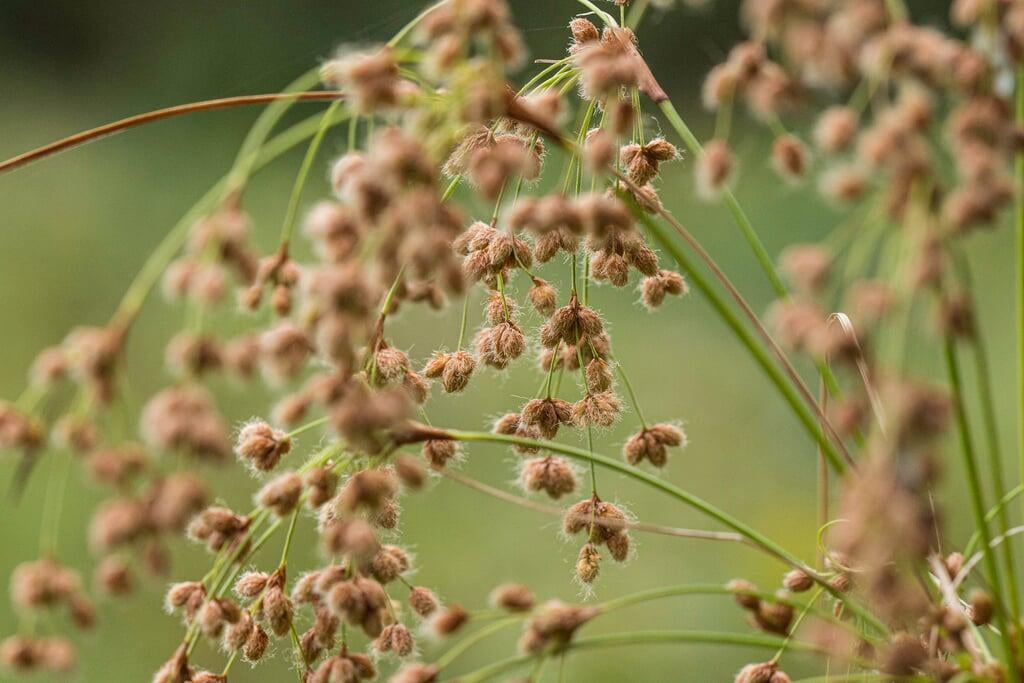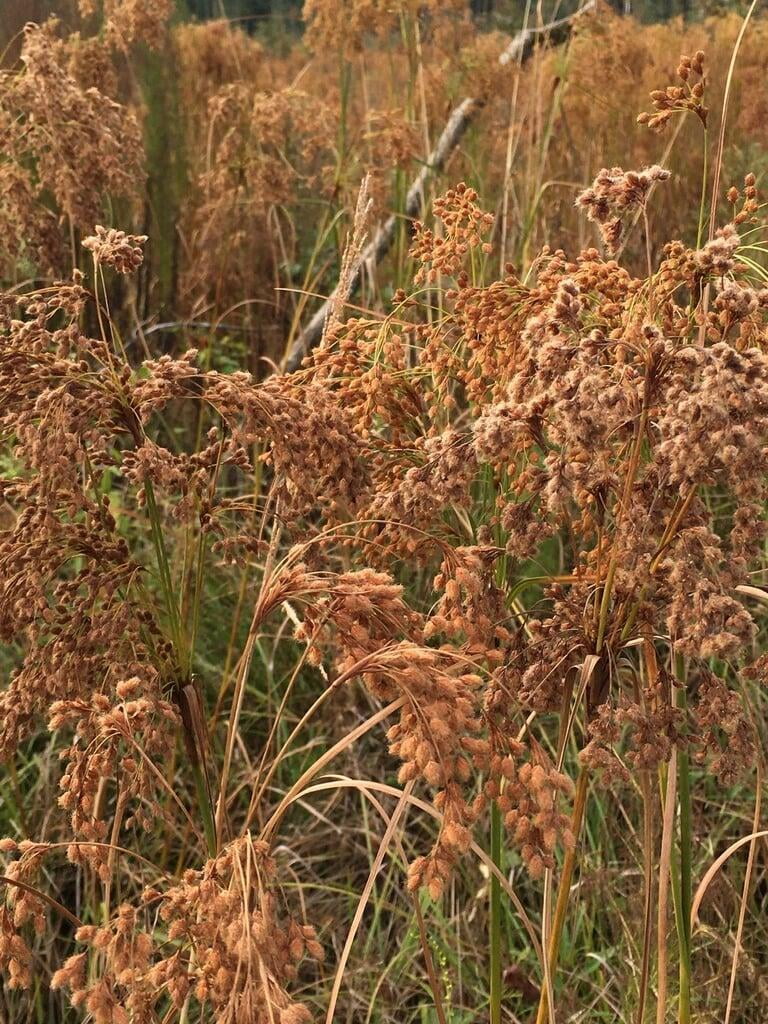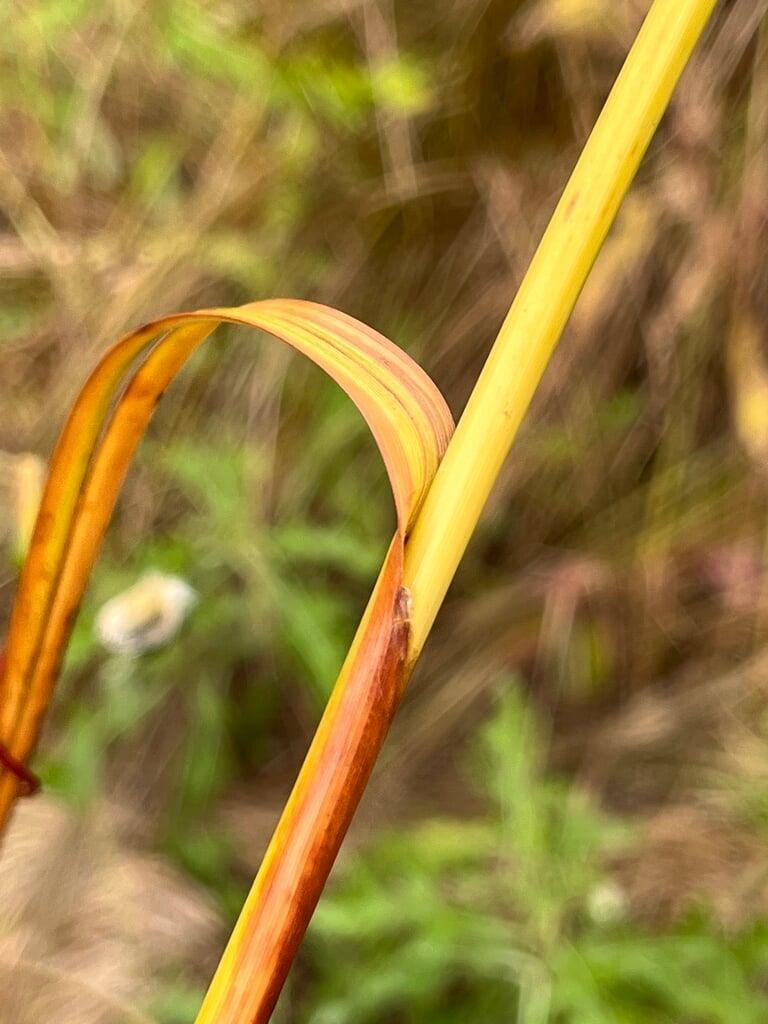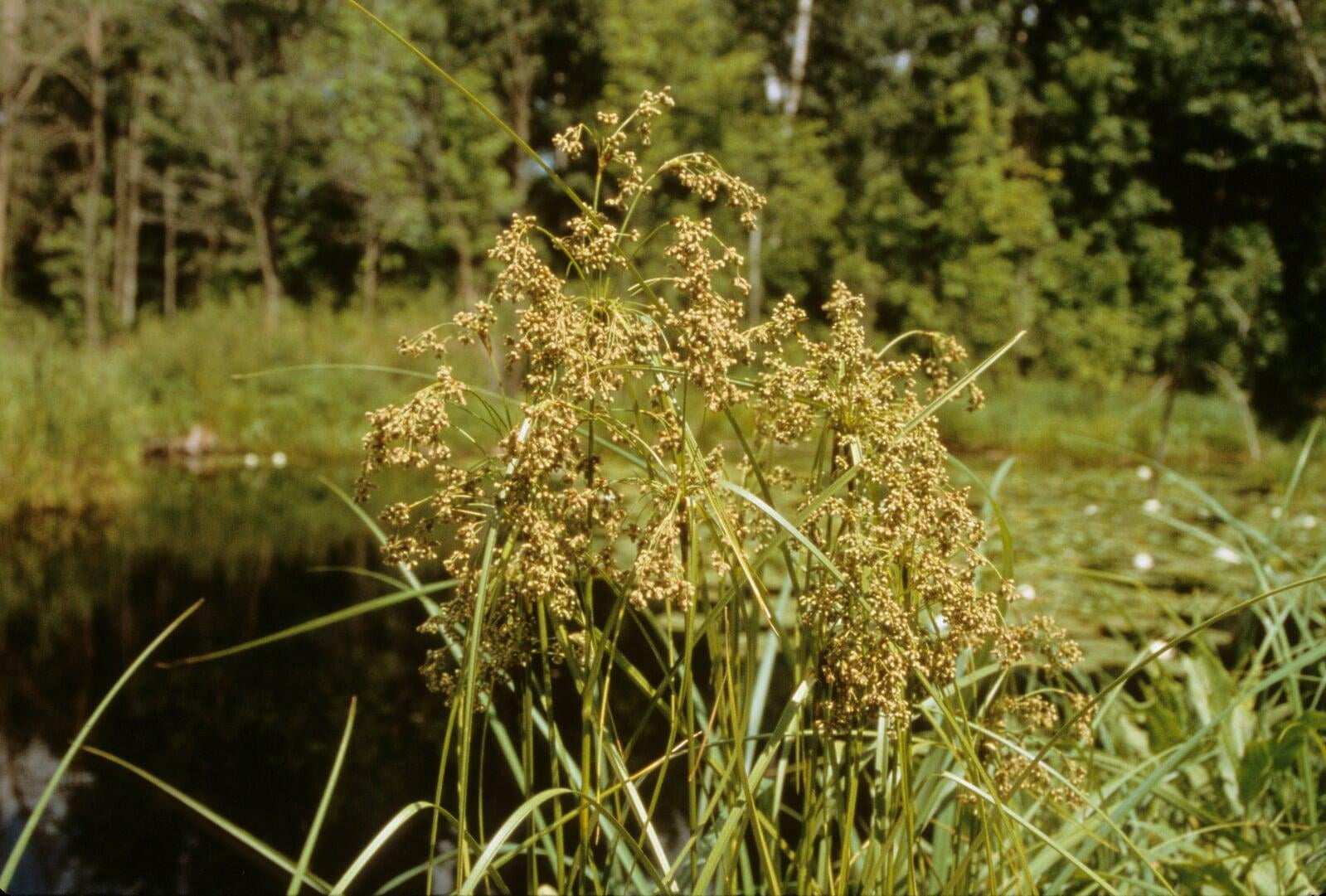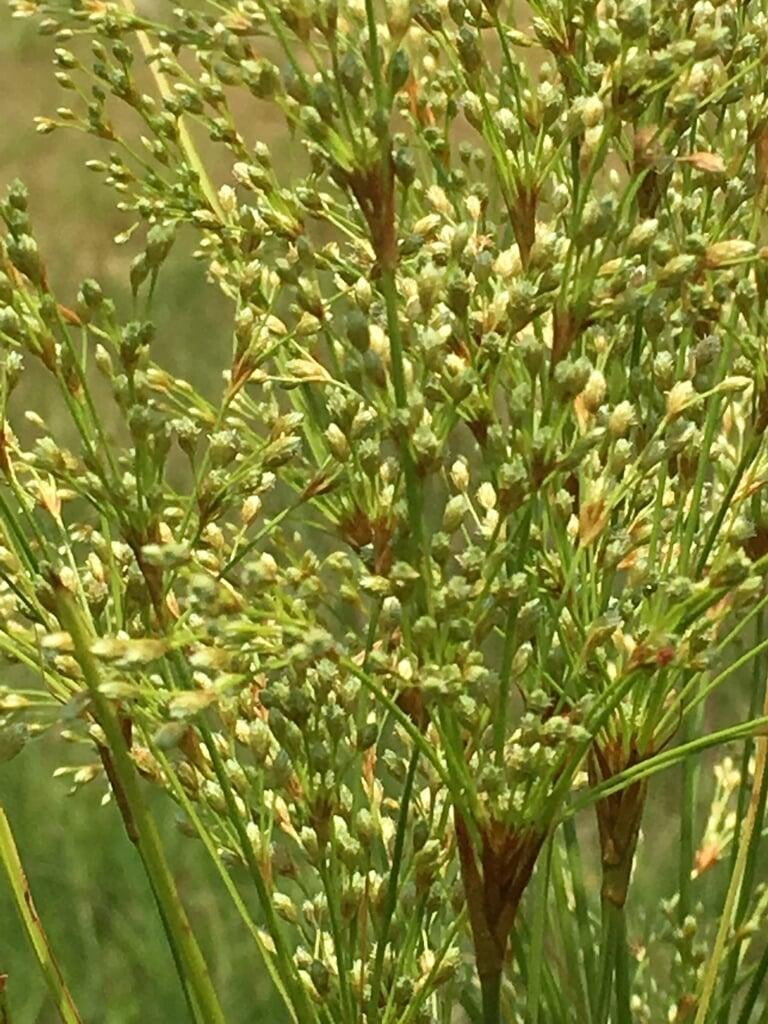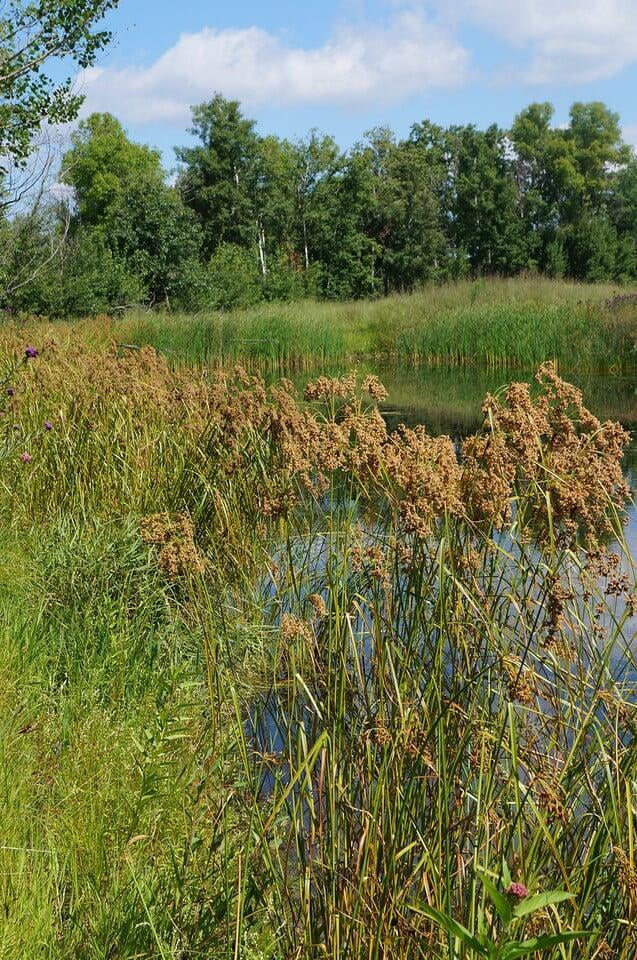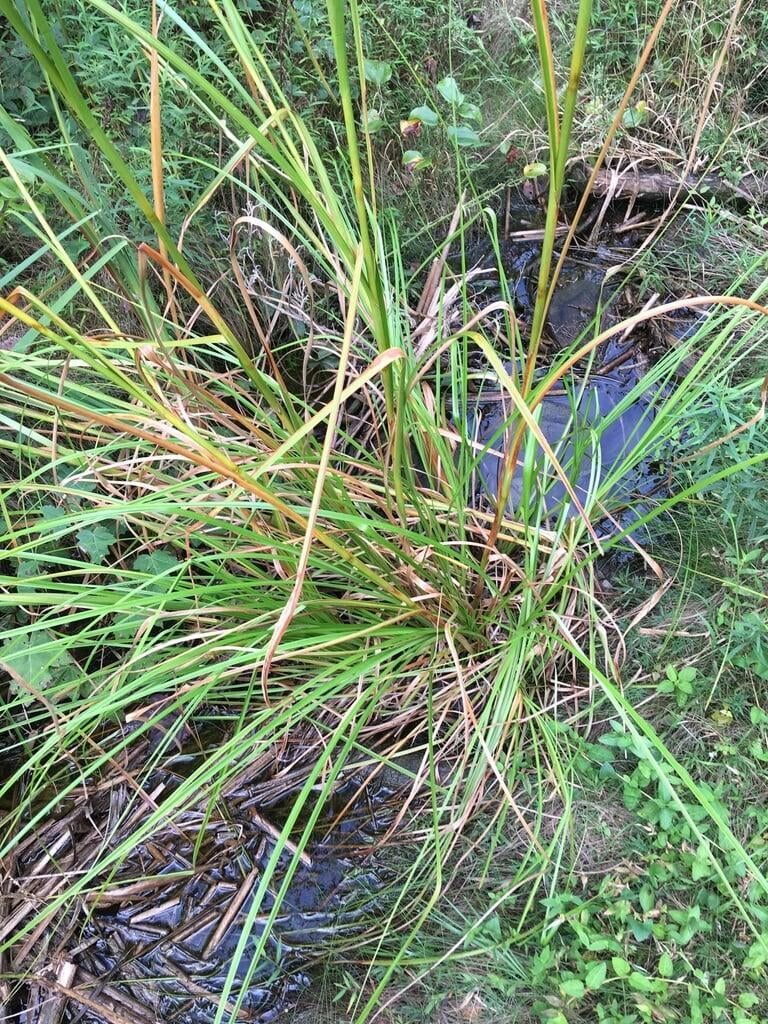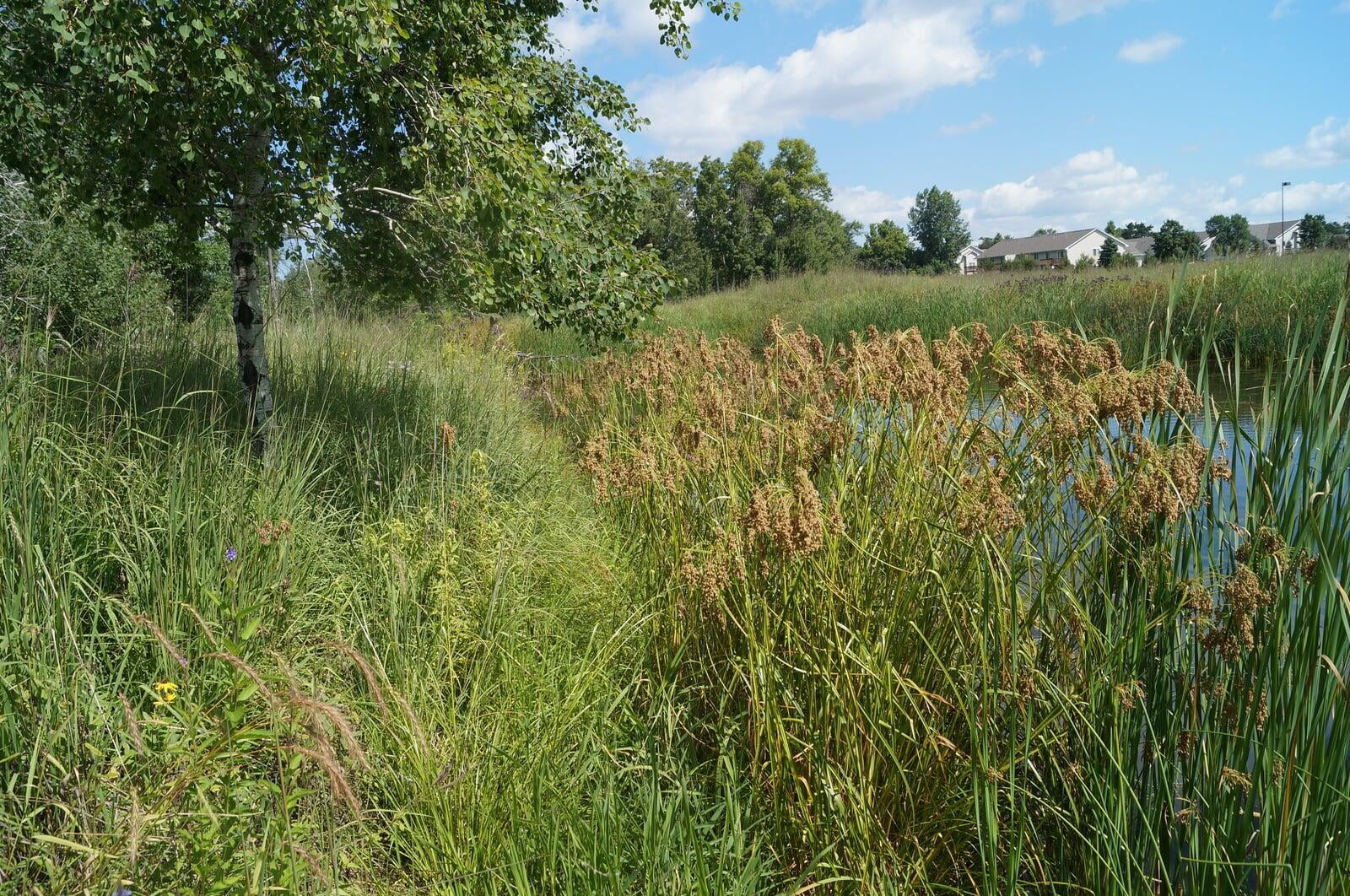Scirpus cyperinus
Wool grass Description:
Scirpus cyperinus is a perennial wetland plant that belongs to the family Cyperaceae. It is commonly known as woolgrass or woolly grass. This plant is native to North America and can be found in freshwater marshes, swamps, and wetlands throughout the continent.
The plant grows up to 3-6 feet (1-2 meters) tall and forms dense clumps with triangular stems that are green to brown in color. The stems are usually hairless, but the lower part of the stem and the leaves have a woolly texture, giving the plant its common name.
The leaves are narrow and linear, growing up to 2 feet (60 cm) long and 0.1-0.2 inches (3-5 mm) wide. The flowers of Scirpus cyperinus are small and inconspicuous, with green to brown spikelets that are 0.2-0.4 inches (5-10 mm) long. The flowers bloom from June to August.
Scirpus cyperinus is an important plant for freshwater ecosystems as it provides shelter and food for many species of birds, mammals, and insects. It also plays a crucial role in erosion control, as its dense root system helps to stabilize wetland soils. Additionally, Scirpus cyperinus is commonly used as an ornamental grass in wetland gardens and landscaping.
Native Range:
Wool grass is found mostly in the central and Eastern regions of the country but does include a range into the Western United States as well.
Standard Plant Information:
Plant height: 3' - 6'
Fruiting time: July - September
Preferred habitat: Does well in full sun and moist to wet soil. Often found in marshes, wet ditches, moist fields, and shores.
Sowing:
For most homeowners, the best option is to scatter seed on the ground by hand broadcasting at a minimum of 15-16 pls lbs per acre. For even coverage, we recommend that you broadcast seed in perpendicular rows across the site to ensure even coverage.
Planting:
Simply dig a hole in the soil slightly larger than the plant’s roots. Ensure that the soil line of the plant is maintained during the transfer (i.e. the plant should be at the same level with the ground as it was in the pot). Pack any loose dirt back around the plant and make sure you water it well the same day to ensure it has the best chance of survival.

